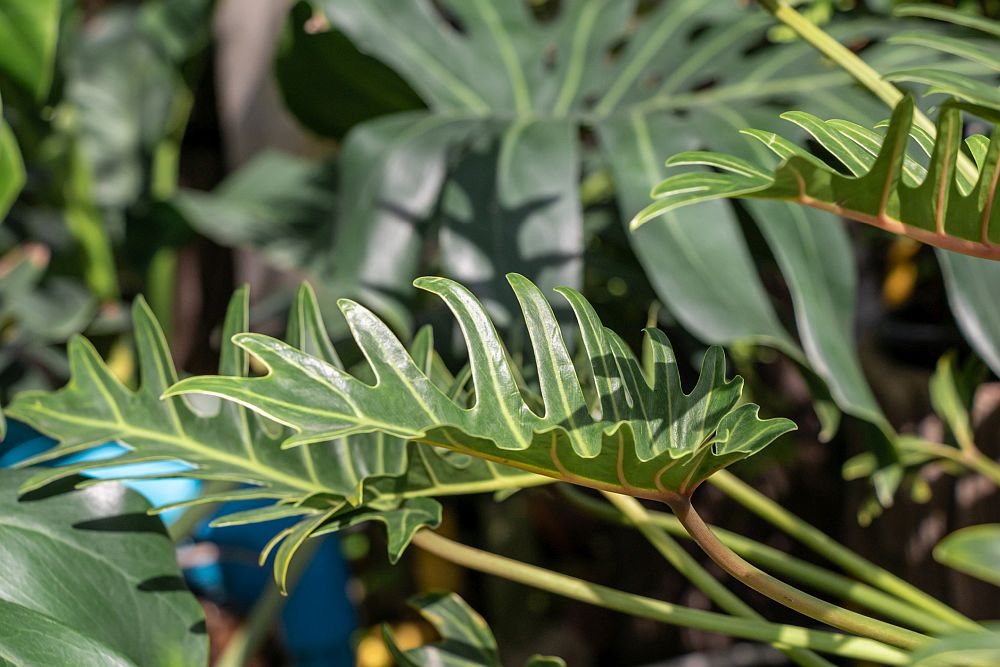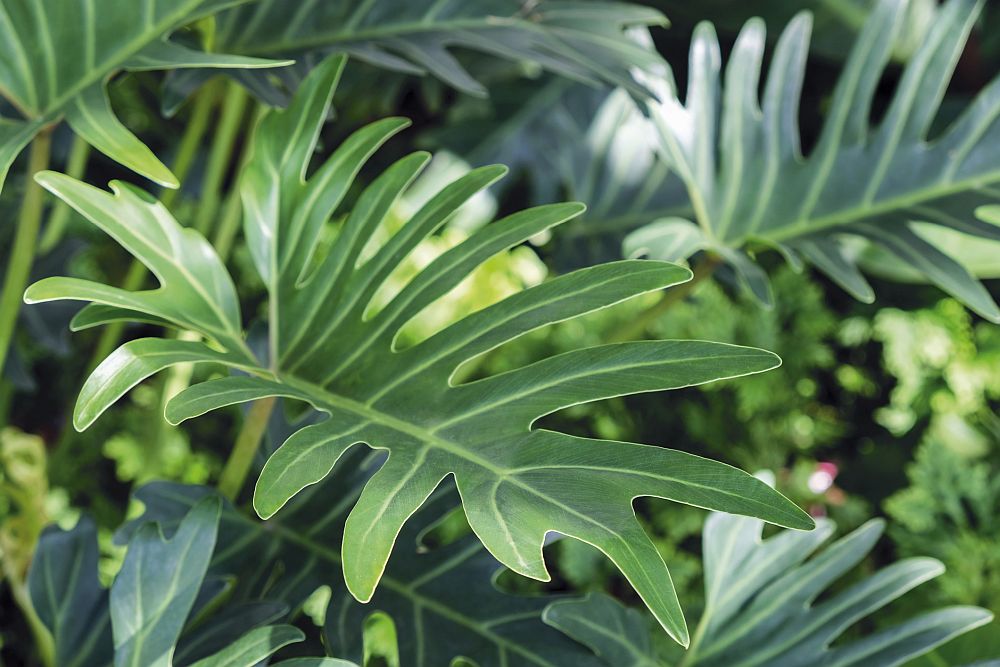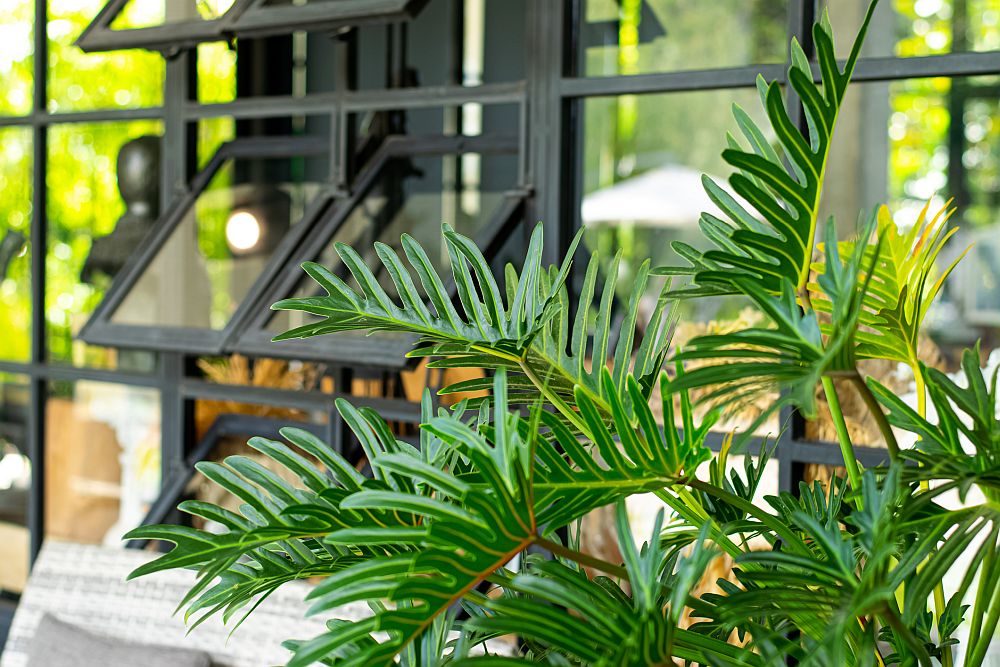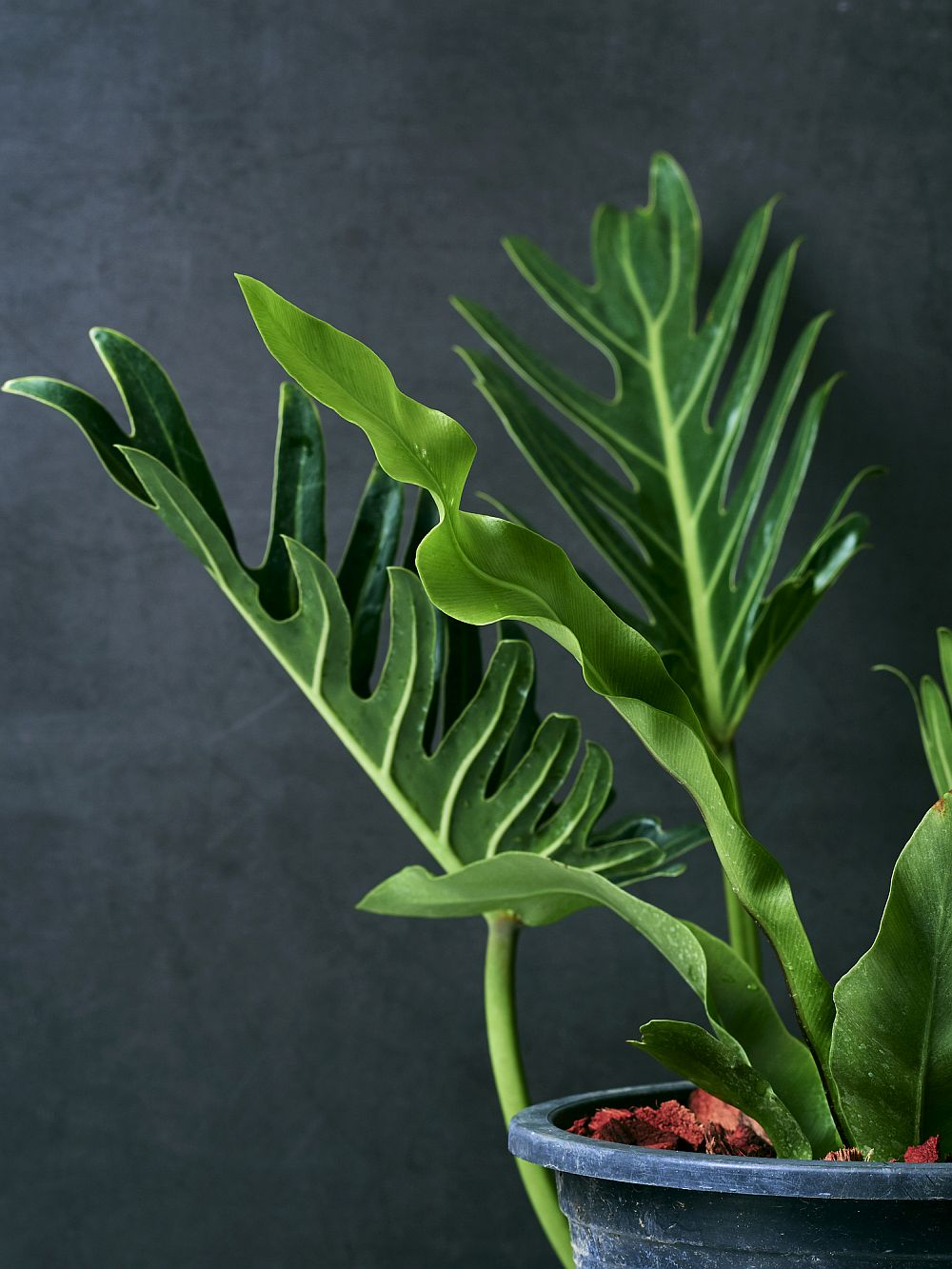Philodendron Xanadu: How to Care for the Xanadu Philodendrons
If you want to own a rapid-growing houseplant, then you’ll probably find a few varieties in the Philodendron genus quite nice-looking. And while you’re on the hunt for the perfect flowering houseplant to adopt, there’s a whopping chance you might get tempted to try this variety out.
Read on to find out more about how to nurture your Xanadu plant.
More About The Philodendron Xanadu
Every plant usually has a native home. And this species is no different — it indigenously belongs to the tropical parts of Southeast Brazil and owes its DNA roots to the Araceae family.
So how big does it grow?
Perhaps you really want to find out. Right? Well, this plant has a staggering potential to reach anywhere between 2″ to 4″ feet tall, and up to 6 feet in width.
It has thick leaves that follow an even pattern and grow immensely to produce dark foliage when exposed to the right lighting conditions.
Due to the chemical composition that was used in the lab by Dr. Mayo and his associates to come up with this plant’s tissues, this has made it be grouped as a petite plant since it usually has a noticeable stunted growth.
Philodendron Xanadu Care Tips
Soil and Transplanting
There’s nothing complex you’ll have to deal with when preparing the right soil structure for this houseplant. Since the Xanadu plant is evidently native to the rain forests, it’d be ideal to use general potting soil that’s significantly rich in organic matter. You also want to ensure that the soil pH is anything between 5.5 to 7.5, on average.
Regardless of whether you want to adopt it as a houseplant or grow it outdoors for landscaping reasons, remember to keep the soil evenly moist, especially during spring and summer when the growth hormones are seemingly active. It’s far more useful to use growing pots with enough drainage holes to avoid overwatering your plant since that would cause the roots to begin rotting.
As soon as your plant begins to show signs of overgrowing the old pot, that would be the perfect time to transplant. Wait until the plant is entirely root-bound so you can re-pot it. Besides using compost, other components that are essential when making the soil mix include peat moss, coconut coir, perlite, pumice, coarse sand, and orchid bark.
Watering and Feeding
So as to maintain this plant’s aptitude to stay compact, you will need to water it intensively until it begins to drain through the holes beneath the container. Give the topsoil some grace period to dry out completely before watering your plant again. If the soil stays wet for too long, the leaves might begin to turn yellow, so you want to avoid that.
Again, lessen the number of watering intervals during winter since freezing conditions don’t allow this plant to yield rapidly.
Use soluble fertilizer on your plant, preferably during summer and the first few days of autumn. Also don’t miss checking whether it has all the essential micronutrients. Dilute a teaspoon full of fertilizer with a gallon of water and gently sprinkle this solution on the soil.
Fertilize your plant once every month during autumn and spring, then level up the intervals every two weeks when it’s summer.
Light, Temperature, & Humidity
Unlike many other tropical rainforest plants, the Philodendron Xanadu goes against all odds to withstand humidity levels that are acutely above average. So just you know, this plant’s foliage tends to become more radiant if it’s growing under a surrounding with some bits of moisture in the air.
It also needs more natural light compared to most other varieties in the Philodendron genus. So you want to pick a spot with a window that’s facing south.
The leaves, however, would get scorched if you expose the plant to too much bright light. To prevent the foliage from looking bleached and pale, make sure your houseplant is growing under indirect light access. When it’s daytime, your plant should ideally enjoy temperatures of between 24-27°C and 19- 21°C when it’s nighttime.
Although it’s not necessary, it’d be more useful to use a digital room humidifier that allows you to simulate the same humidity levels as that of the rainforest where this plant natively comes from.
Another way to increase the room humidity levels is by growing a couple of plants together so they can collectively revamp the airflow—which ultimately lowers the spreading of pests and diseases.
Pruning

There’s nothing much to do when it comes to the grooming routine since this plant isn’t overly sensitive to odd conditions that might crop up, depending on the season. But if need be, you’ll only have to pluck off the scorched leaves and dust your plant off it it’s sitting somewhere on a windowsill. You also want to regularly check whether your plant is infested with pests or diseases, so you can take any drastic measures early enough.
Propagation
Propagating your Philodendron Xanadu plant would be much easier if you choose to use the division method.
It’s crucial to note that since this variety is patented, it’d be against the law to propagate it for commercial purposes. But if you want to multiply the number for home use, that’s totally fine.
Soon enough, your plant will overgrow its original pot. And that’s a more solid reason to carefully divide it and plant the newly cut stems into other containers or in the ground outdoors. You can divide the bulbs, rhizomes, or tubers—whichever parts that seem to have more cell rejuvenation uptake. But when you grow the Xanadu plant indoors, it hardly blooms any flowers.
Common Issues You Might Deal with
On most occasions, you won’t need to deal with any grievous pest attacks or diseases. But sometimes, you might spot a few dark spots on the leaves. That could be a sign that your plant is suffering from a fungal infection. It eventually causes the leaves to wither and die off.
Make sure not to water your plant directly on the foliage since the moisture is a perfect habitat for most fungi and bad bacteria. Too much water getting stuck in the soil would also result in a bacterial infection that causes the leaves to begin rotting.
It’s also worth noting that the sap on the leaves of the Xanadu plant contains some toxic elements which are harmful to pets and humans when ingested. The most you can do to prevent your plant from catching such diseases is placing the medium somewhere with plenty of air circulation.
Final Thoughts
As a compact plant, this Philodendron variety would look so inviting when grown in an indoor setting. It also forms a dense shrub when you grow it outdoors. You can also consider placing it in a well-lit bathroom where the humidity levels are a bit higher. If your indoor space is dull, you can use grow lights to save the leaves from turning yellow.


